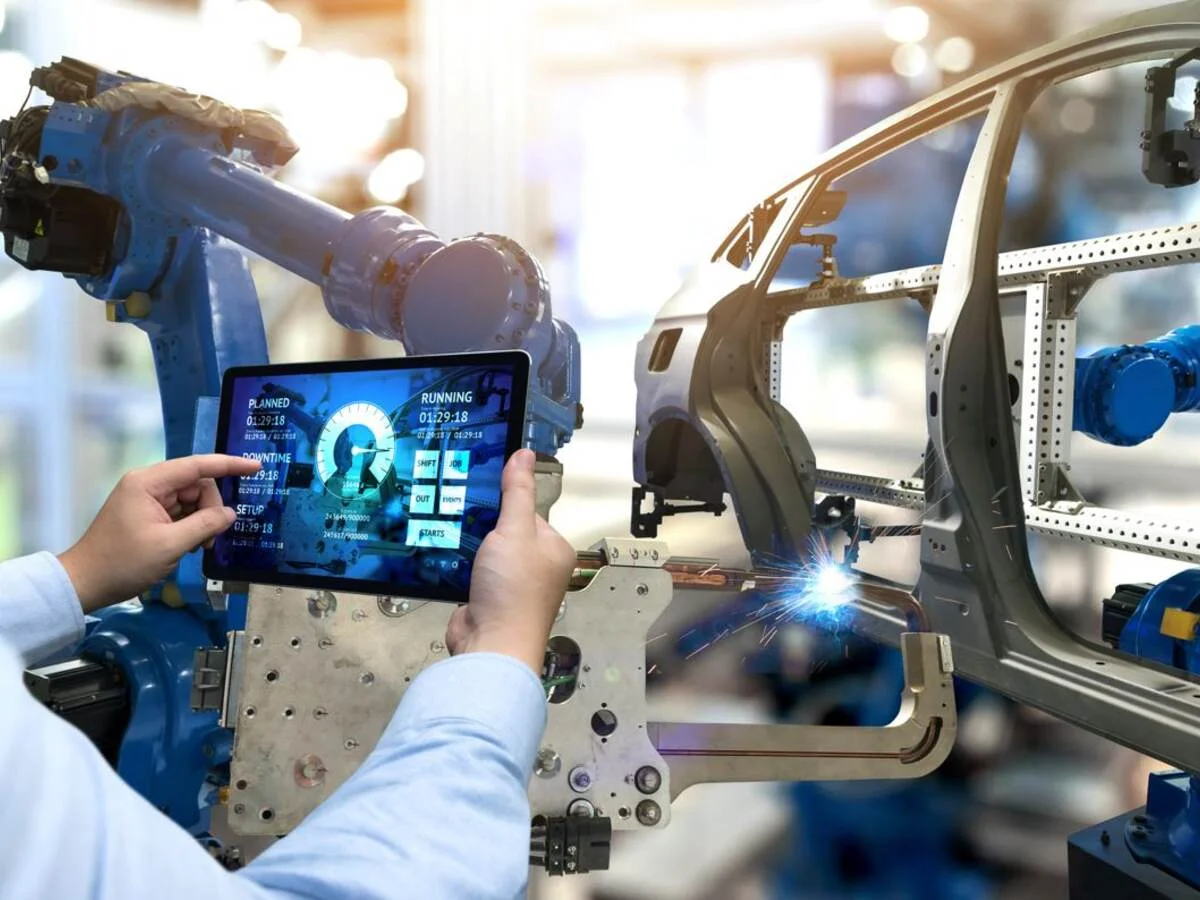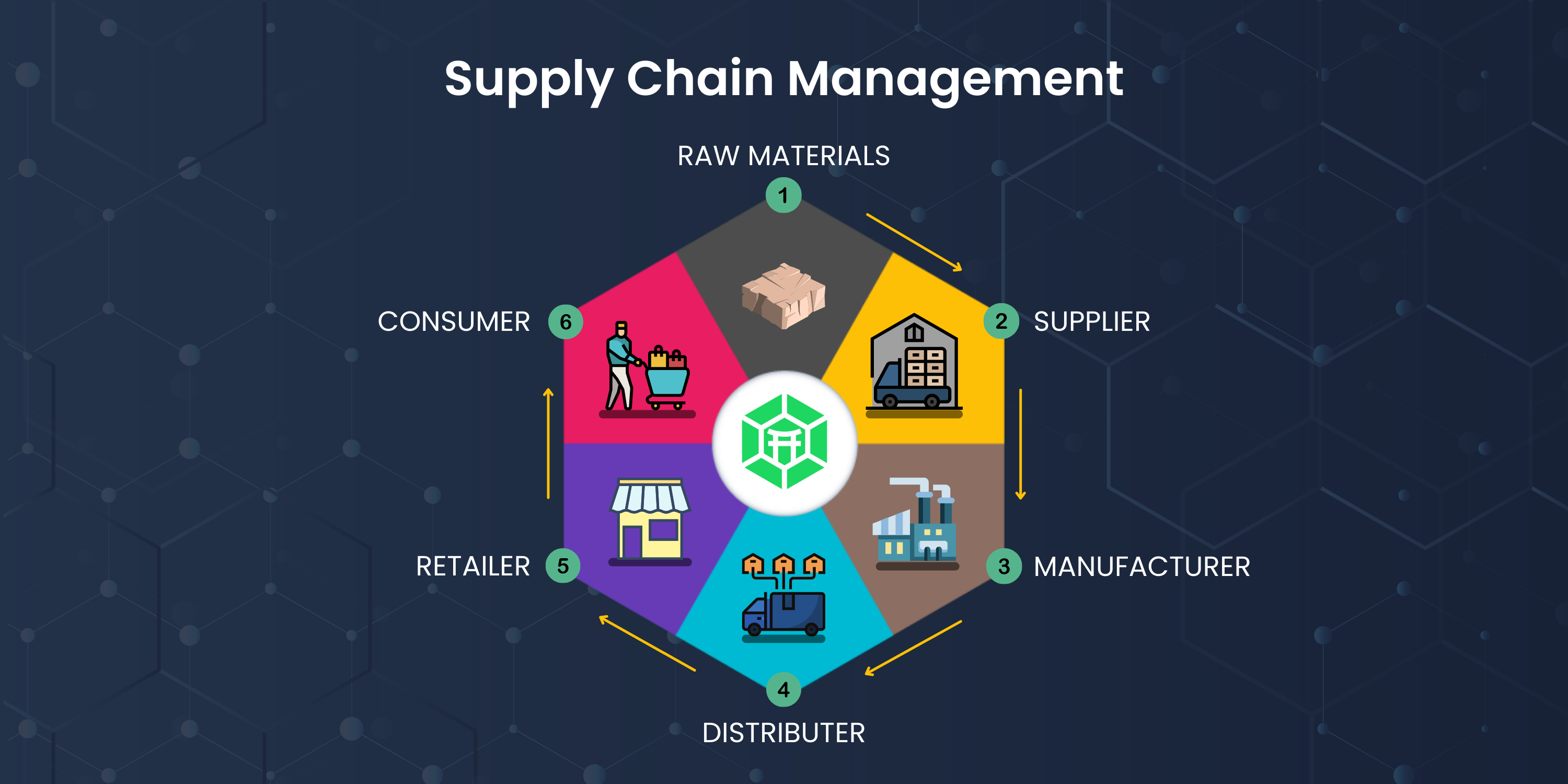

Navigating the Evolving Manufacturing Supply Chain: Challenges and Solutions in 2024 and Beyond
- trienkhaiweb
- 15 December, 2024
- 0 Comments
The global manufacturing supply chain, a complex network of suppliers, manufacturers, distributors, retailers, and customers, has faced unprecedented challenges in recent years. The COVID-19 pandemic, geopolitical tensions, and rapid technological advancements have all contributed to disruptions, delays, and increased costs. In this evolving landscape, companies like Quinn Vietnam Manpower, a leader in labor export, play a crucial role in ensuring the smooth functioning of the supply chain.
Understanding the Manufacturing Supply Chain
The manufacturing supply chain encompasses all activities involved in the production and delivery of goods, from sourcing raw materials to delivering finished products to customers. Each step in the chain is interconnected, and any disruption can have a ripple effect throughout the entire process. An efficient supply chain is essential for manufacturing companies to reduce costs, improve efficiency, enhance customer satisfaction, and maintain a competitive edge.

The Challenges Facing the Manufacturing Supply Chain
-
Global Supply Chain Complexities:
- Transportation and Logistics: The movement of goods across borders involves navigating diverse regulations, transportation modes, and potential delays.
- Communication Barriers: Language differences, cultural nuances, and time zone variations can hinder effective communication, leading to errors and misunderstandings.
- Supplier Management: Identifying reliable suppliers, negotiating contracts, and monitoring performance can be challenging, especially when dealing with international partners.
-
Cost Management:
- Fluctuating Raw Material Prices: The prices of raw materials like metals, oil, and agricultural products can be volatile, impacting production costs and profit margins.
- Rising Labor Costs: Competition for skilled manpower, inflation, and evolving labor laws contribute to increasing labor costs.
- Energy Costs: The manufacturing sector is energy-intensive, and fluctuations in energy prices can significantly affect operational expenses.
-
Quality Control and Risk Management:
- Quality Assurance Across the Supply Chain: Ensuring consistent quality across diverse suppliers, manufacturers, and distributors requires robust quality control processes and effective communication.
- Supply Chain Disruptions: Natural disasters, political instability, pandemics, and cyberattacks pose significant risks to the supply chain. Building resilience and having contingency plans are crucial.
Case Studies: Real-World Challenges in Manufacturing
- Apple Inc.: The tech giant faced supply chain disruptions due to high demand and component shortages, impacting product delivery and sales. Apple addressed these issues by diversifying its supply chain and strengthening supplier relationships.
- Toyota Motor Corporation: The 2011 earthquake and tsunami in Japan severely disrupted Toyota’s supply chain. The company responded by implementing a robust disaster response system and building redundancies into its operations.
- Boeing: The grounding of the 737 Max aircraft and the COVID-19 pandemic highlighted the vulnerabilities of Boeing’s supply chain. Boeing has since focused on enhancing safety measures, diversifying suppliers, and improving risk management strategies.

Solutions to Overcome Supply Chain Challenges
-
Collaboration and Partnership:
- Building Strong Relationships: Fostering trust and open communication among all stakeholders in the supply chain is essential.
- Collaborative Planning and Forecasting: Sharing information and aligning production plans can help optimize inventory levels and reduce lead times.
-
Technology and Innovation:
- Digital Transformation: Implementing advanced technologies like artificial intelligence (AI), machine learning (ML), and the Internet of Things (IoT) can improve visibility, automate processes, and enable data-driven decision-making.
- Supply Chain Analytics: Utilizing data analytics tools can help identify bottlenecks, predict demand fluctuations, and optimize inventory management.
-
Supply Chain Transparency:
- Traceability: Implementing track-and-trace technologies can provide real-time visibility into the movement of goods throughout the supply chain.
- Ethical Sourcing: Ensuring that suppliers adhere to fair labor practices and environmental standards is not only ethical but also mitigates reputational risks.
The Role of Quinn Vietnam Manpower
In this challenging environment, companies like Quinn Vietnam Manpower play a vital role in addressing manpower shortages and ensuring the availability of skilled workers. By recruiting, training, and deploying qualified personnel, Quinn Vietnam Manpower helps manufacturers maintain production levels, meet customer demands, and navigate the complexities of the global supply chain.
Future Trends in the Manufacturing Supply Chain
The manufacturing supply chain is constantly evolving. Key trends to watch include:
- Automation and Robotics: The increasing adoption of automation and robotics will streamline operations, improve efficiency, and address labor shortages.
- Sustainability: Environmental concerns will drive the adoption of sustainable practices throughout the supply chain, from sourcing raw materials to reducing waste.
- 3D Printing and Additive Manufacturing: These technologies will enable on-demand production, reduce lead times, and customize products to meet individual customer needs.
In conclusion, the manufacturing supply chain faces multifaceted challenges in the current global landscape. However, by embracing collaboration, leveraging technology, and prioritizing transparency, manufacturers can build resilient supply chains that can adapt to future disruptions and thrive in the years to come. Companies like Quinn Vietnam Manpower will continue to be indispensable partners in providing the skilled manpower necessary for success.
Related articles
11 Universal Truths That Fuel Successful Research in Manpower Management
In today’s rapidly evolving business landscape, staying ahead of the curve requires a commitment to ongoing research and analysis. This is especially true in the field of manpower management, where understanding trends and adapting to change is crucial for success. Whether you’re a seasoned HR professional or a business leader seeking to optimize your workforce,…
17 Essential Management Skills for Success
The business landscape is constantly evolving, and 2025 promises to bring new challenges and opportunities for managers across all industries. While there’s no magic formula for becoming a great leader, cultivating a strong set of management skills is crucial for navigating the complexities of the modern workplace. This article, brought to you by Quinn Vietnam…
20 Qualities of a True Leader in the Manpower Industry
Leadership in the manpower industry requires a unique blend of skills and attributes. At Quinn Vietnam Manpower, we recognize the importance of strong leadership in driving success for our clients and partners. As we move into 2025, the demands on leaders are evolving, requiring adaptability, vision, and a deep understanding of the changing dynamics of…
Aligning Purpose and Objectives for Manpower Success
In the dynamic landscape of manpower management in 2025, understanding the difference between purpose and objectives is crucial for organizational success. Quinn Vietnam Manpower recognizes that a clear articulation of purpose and well-defined objectives are essential for driving performance, fostering employee engagement, and achieving strategic goals. This article delves into the critical distinction between purpose…
Assertive vs. Aggressive Leadership: Finding the Balance
In today’s dynamic business environment, effective leadership is crucial for success. Leaders need to be assertive to drive results, inspire their teams, and navigate challenges. However, there’s a fine line between assertiveness and aggression, and crossing it can create a toxic work environment, hinder productivity, and damage morale. This article, brought to you by Quinn…
Attracting Gen Z Talent: A Guide by Quinn Vietnam Manpower
The landscape of the workforce is constantly evolving, and in 2025, Generation Z (Gen Z) is a dominant force. Born after 1995, this generation brings a unique set of values, priorities, and expectations to the workplace. For Quinn Vietnam Manpower, understanding and adapting to these characteristics is crucial for attracting and retaining top talent. This…







